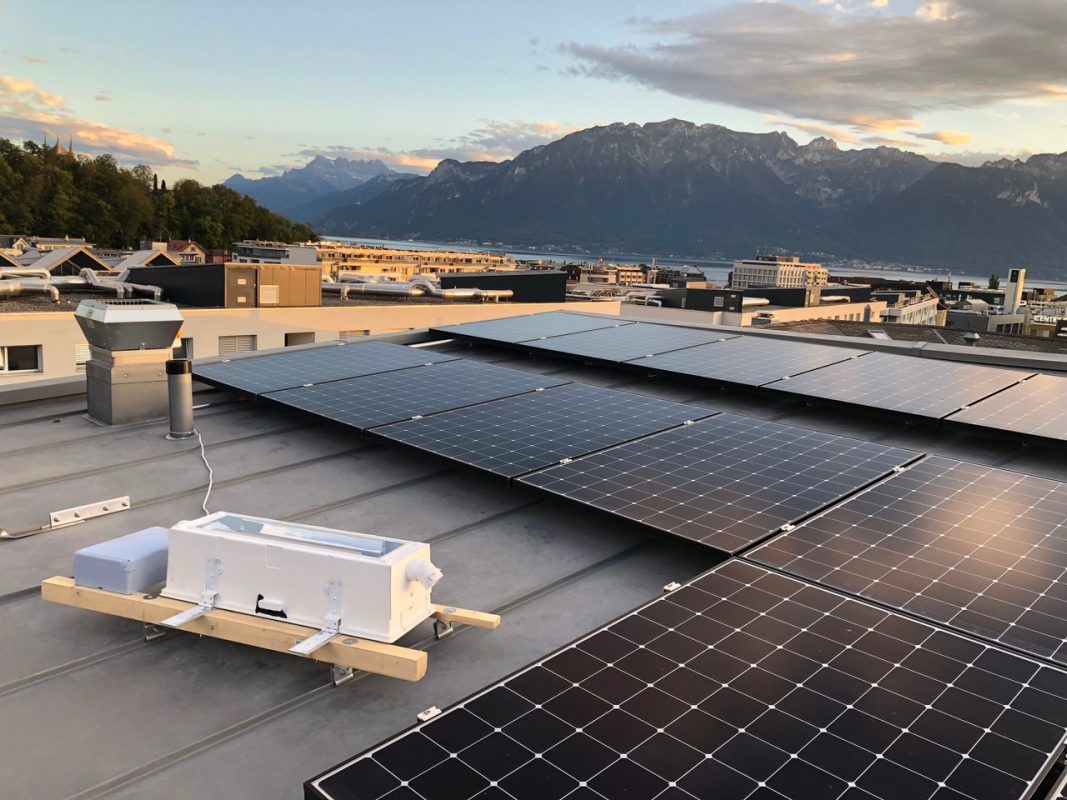Building sector accounts for 40% of Europe’s total energy consumption and 36% of CO2 emissions [European Union, Li]. Only 0.4-1.2% of the existing buildings are renovated year on year, enhancing existing renovation potential to lead the energy savings can reduce the Europe’s total energy consumption by 5-6% and reducing CO2 emissions by 5% . Retrofitting solar PV modules to the available roof space of buildings offers huge potential in improving their carbon footprint. Conventional, non-concentrating flat panel solar photovoltaic (PV) panels can’t supply 100% electricity demand of a multifamily apartment because these often have limited roof space. In such situations, concentrating photovoltaic (CPV) technology offers a technologically viable solution by reducing the cell area required and being flexible to have design alteration for cooling of solar cells. Such panels, appropriately called concentrating photovoltaic-thermal systems (CPVT), can simultaneously deliver heat and power. If properly designed these could employ low cost crystalline silicon (c-Si) and thin film solar PV cells, the former using silicon, one of the most abundant elements on earth, have registered an electrical conversion efficiency of 26.7%. Cost of these cells is as low as 0.5 $/W. Air and water cooled CPV panels comprising linearly focusing non-imaging optical concentrators in conjunction with commercially available mono-crystalline silicon PV cells have been developed at Brunel University London. Three concentrator optics comprising of Asymmetric Compound Parabolic, Compound Parabolic and V-Trough have been developed using the raytracing module within COMSOL Multiphysics. Predicted optical efficiency results were validated against data measured under OAI Trisol class AAA solar simulator. Systems have been installed onto demonstration sites in London and Vevey. The energy yield (power and heat) of the CPVT panels is being measured under realistic outdoor conditions in the two demo sites. Each CPVT panel has been instrumented with sensors (voltage, current, temperature) with a data measurement plan of 15-minute interval. The measured data will be employed to perform the techno-economic analyses of the CPVT technology to establish its suitability for EU buildings. Initial indications are that a best designed CPVT can achieve 40% higher annual power production (and proportionate amount of heat) than a similarly sized conventional flat PV panel.
